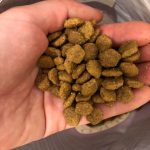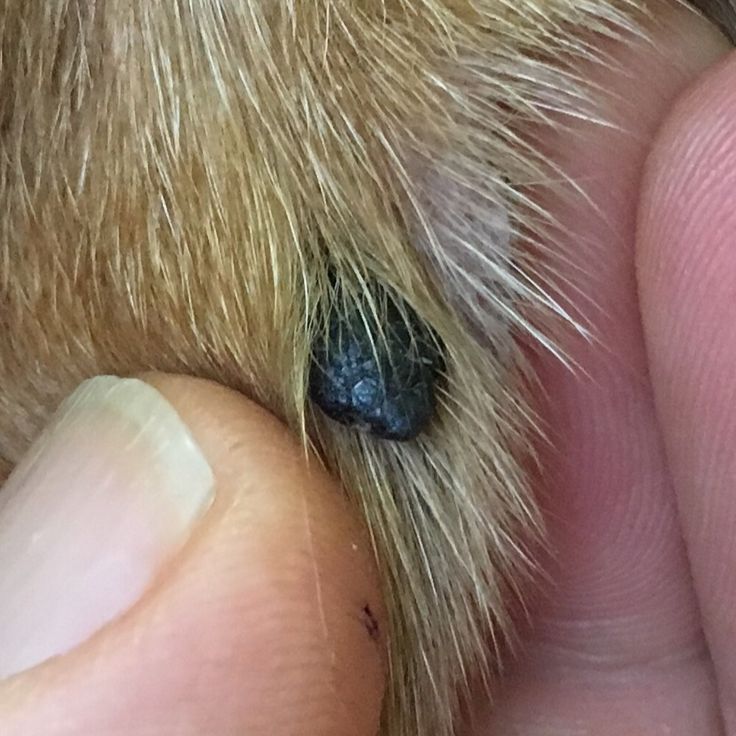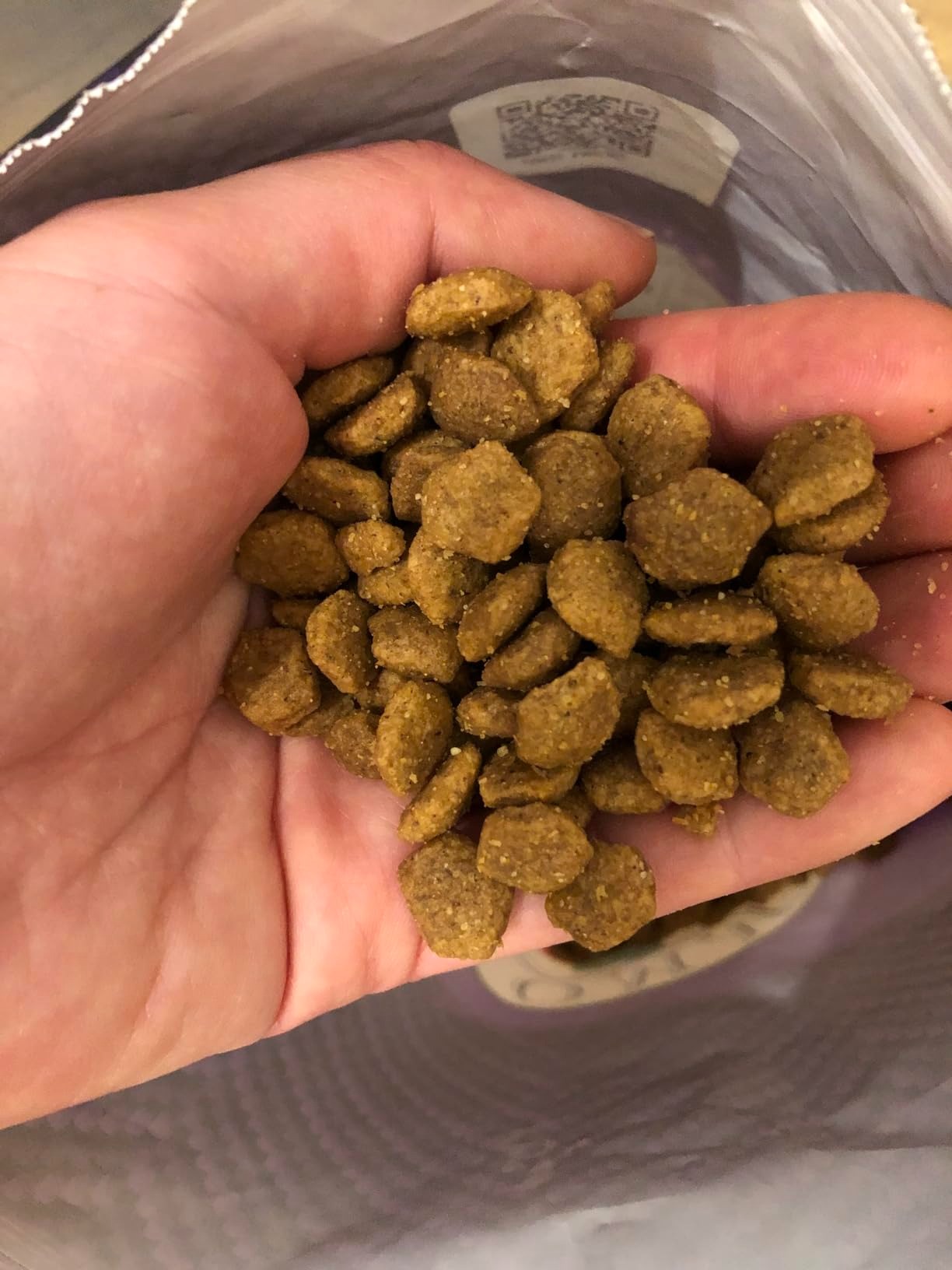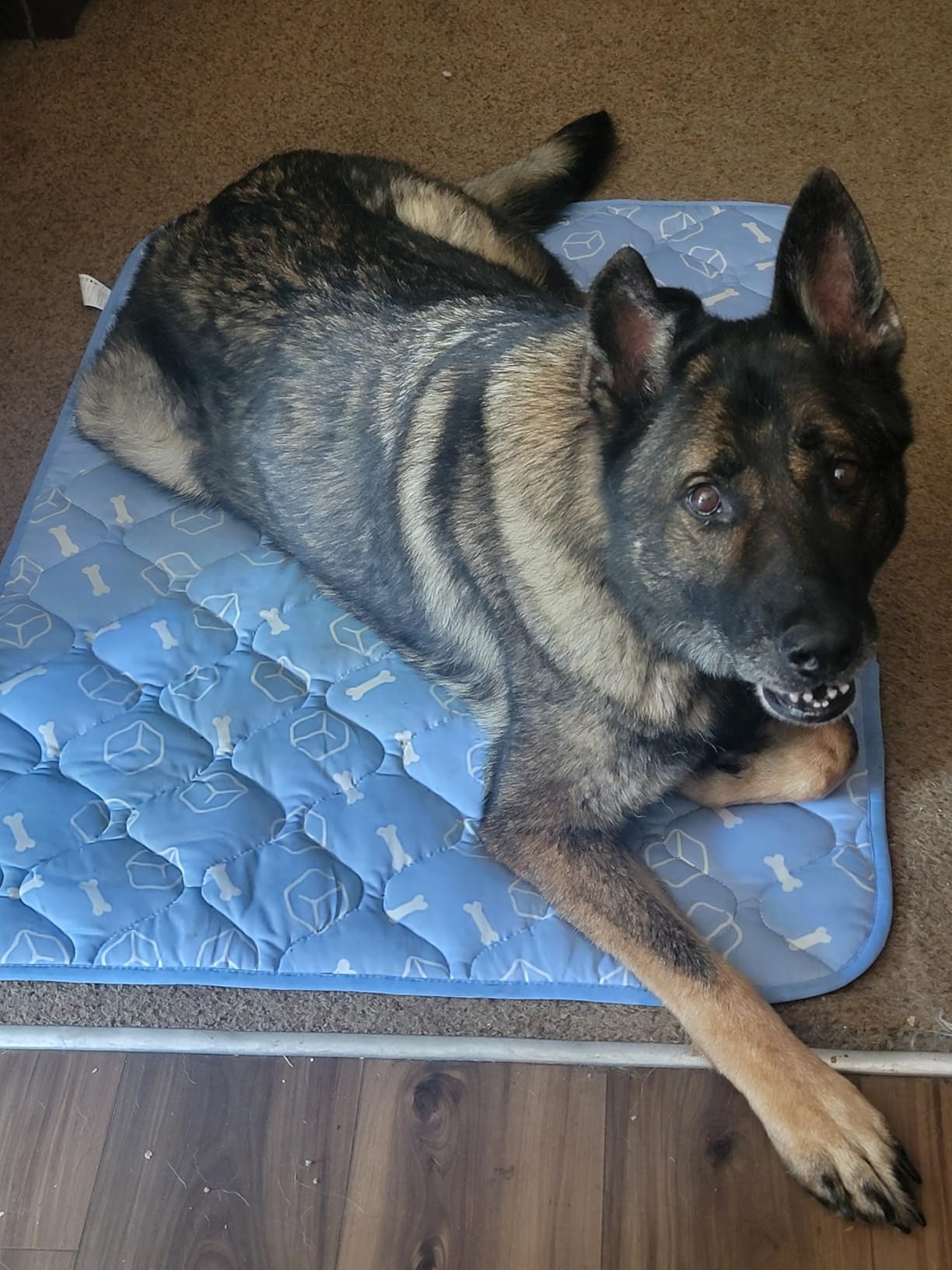Understanding Dog Skin Tags
Creating a safe and supportive environment is vital for our canine companions, particularly as they age. One common phenomenon many dog owners may notice is the appearance of dog skin tag. Skin tags are soft, benign growths that often occur on the skin of older dogs. While these growths usually do not pose severe health risks, it is important for pet owners to recognize and understand these developments for proper care.
Skin tags may appear as small, soft lumps connected to the skin by a thin stalk. They can be found anywhere on your dog‘s body but are most commonly observed on areas where skin folds occur or where there is sustained friction, such as near the neck, under the armpits, or on the abdomen. These lumps can vary in size and color, making it crucial for dog owners to familiarize themselves with their dog’s skin, allowing for easy identification of any unusual changes that could signal a problem.
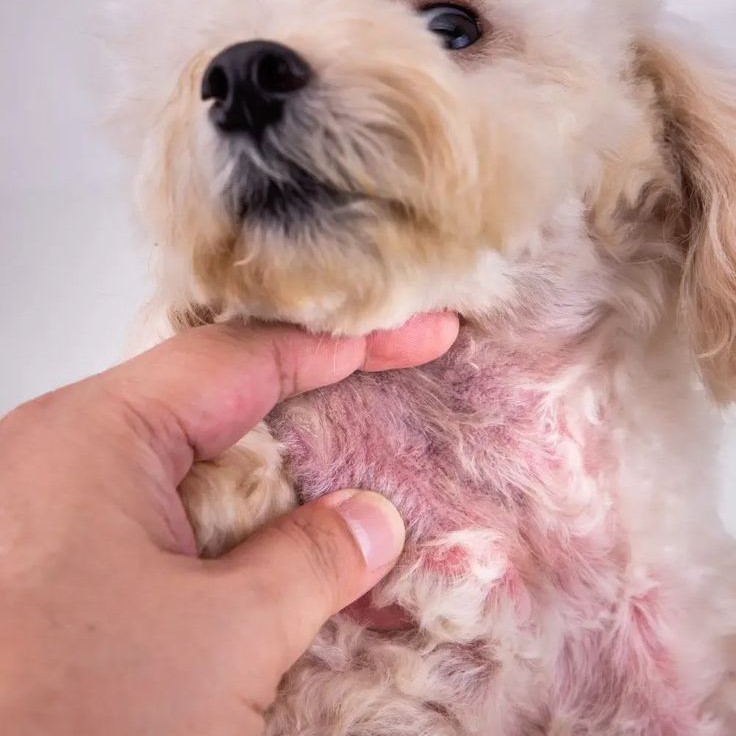
Causes of Skin Tags in Dogs
While the exact causes of skin tags in dogs remain somewhat unclear, several contributing factors potentially lead to their development. Genetics plays a vital role, as some breeds may have a predisposition toward developing skin tags. For example, older Golden Retrievers and English Bulldogs are more likely to grow skin tags compared to other breeds. It’s essential to be aware of genetic predispositions, as proactive monitoring can prevent complications.
Another contributing factor is age. Older dogs tend to develop more skin tags, which become more prevalent as they grow. These growths are often benign and part of the aging process, but regular monitoring is essential to differentiate between harmless growths and those that may indicate underlying health issues.
Environmental factors can also play a role in the formation of skin tags. Rubbing against collars or harnesses can cause skin irritations, which may lead to the appearance of tags. Moreover, obesity can increase skin folds where skin tags are more likely to develop. Maintaining a healthy weight for your dog will not only help reduce the risk of skin tags but also contribute to their overall well-being.
Health Risks Associated with Dog Skin Tags
Although dog skin tags are typically benign, they can sometimes signal underlying health concerns. It’s not uncommon for inflamed or infected skin tags to cause discomfort to your pet. If your dog frequently scratches, licks, or displays discomfort around a skin tag, it may require evaluation by a veterinarian.
Moreover, growths that appear like skin tags could also be tumors or other skin conditions needing medical attention. Regular veterinary check-ups can assist in monitoring any skin changes that may indicate a more serious issue. Working with a qualified veterinarian ensures that your dog remains healthy and any potentially serious conditions are addressed promptly.
Diagnosing Skin Tags in Dogs
If you suspect your dog has skin tags, a visit to the veterinarian is the best course of action. During the examination, the veterinarian will assess the nature of the growths and determine whether they are indeed skin tags. Diagnostic tests, such as Fine Needle Aspiration (FNA), might be performed to extract cells from the growth for review. This procedure helps ensure that the lumps are benign and not indicative of more serious conditions.
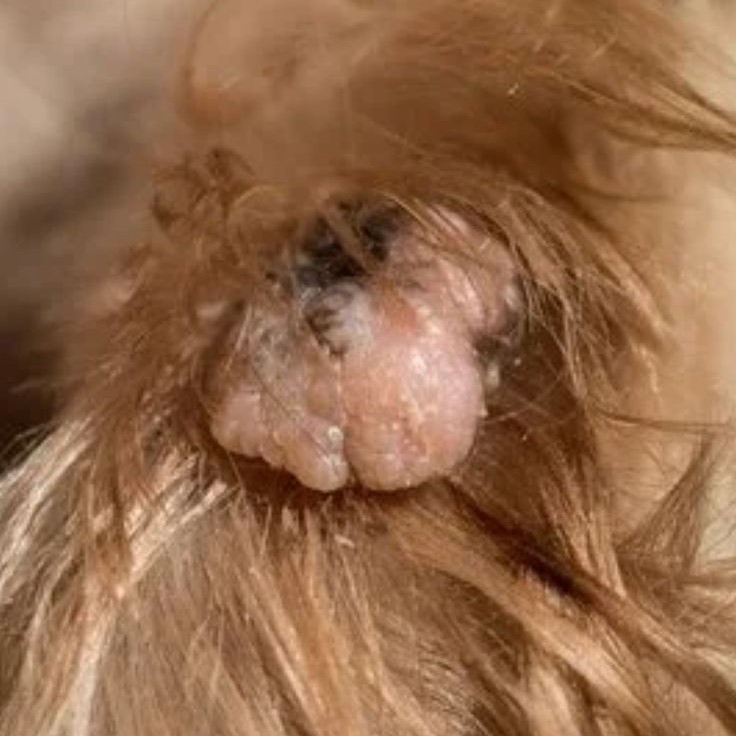
Your veterinarian will also take into account your dog’s medical history, previous skin issues, and any potential allergies. Understanding your pet’s overall health aids in providing effective treatment options. Regular vet visits allow you to keep track of any changes in your dog’s skin conditions and address any concerns immediately.
Treatment Options for Dog Skin Tags
When it comes to treating dog skin tags, treatment methods can vary based on the size, location, and nature of the skin tag. In most cases, if these growths do not interfere with your pet’s life or cause discomfort, they may not require any treatment. However, if a skin tag leads to problems, there are several treatment options:
Surgical Removal
- Overview of the Procedure: Surgical removal is the most common method for addressing problematic skin tags in dogs. This procedure is straightforward and often effective, making it a popular choice among veterinarians.
- Anesthesia Protocol: The entire process is conducted under local anesthesia, which allows the veterinarian to minimize pain and discomfort for your dog. By numbing the area around the skin tag, your pet remains relaxed and free from pain during the procedure. In some cases, sedation may be required, depending on the dog’s temperament and the complexity of the removal.
- Excision Process: During the procedure, the veterinarian carefully excises the skin tag using sterile surgical instruments.
- Recovery Period: After the skin tag is removed, your dog may require a brief recovery period at the veterinary clinic to monitor their response to anesthesia. Once discharged, it is essential to follow the veterinarian’s post-operative care instructions closely. This may include restricting your dog’s activity, administering pain relief medication, or applying topical ointments to the surgical site.
- Follow-Up Care: Veterinarians often schedule a follow-up appointment to ensure the site is healing correctly. Monitoring for any signs of infection or complications is critical during this period. If the area appears red, swollen, or shows signs of discharge, consult your vet promptly.
Cryotherapy
- What is Cryotherapy?: Cryotherapy is a treatment method that involves applying extreme cold, typically using liquid nitrogen, to eliminate skin tags. This technique has gained traction as an effective option for skin growth removal.
- Mechanism of Action: When liquid nitrogen is applied to a skin tag, it freezes the cells within the growth. This freezing action effectively destroys the tissues, causing the skin tag to slough off naturally over time. This process usually occurs within a few days after the treatment.
- Less Invasive Approach: Compared to traditional surgical removal, cryotherapy is considered less invasive. It does not require incisions or sutures, minimizing the recovery time and potential discomfort for your dog.
- Pain Management: While cryotherapy is generally well-tolerated, some dogs may experience mild discomfort during the application of liquid nitrogen. However, this discomfort is typically brief and resolves quickly. Your veterinarian can offer recommendations for managing any pain following the procedure.
- Ideal Candidates: Cryotherapy is suitable for smaller skin tags or those located in areas that are not prone to excessive movement or friction.
Laser Removal
- Introduction to Laser Removal: Laser removal offers an innovative and precise method for eliminating skin tags. This technique has become increasingly popular due to its effectiveness and the advantages it presents over traditional methods.
- Precision of the Laser: The laser provides a high degree of precision, allowing the veterinarian to target the skin tag specifically while minimizing damage to surrounding tissues. This precision is particularly beneficial in sensitive areas where accuracy is paramount.
- Reduced Bleeding: One of the significant advantages of laser removal is its ability to cauterize blood vessels as it removes tissue. This characteristic leads to significantly reduced bleeding during the procedure, which not only improves the visibility for the veterinarian but also decreases the risk of complications.
- Faster Recovery Time: Because laser removal is minimally invasive, most dogs experience a quicker recovery period compared to traditional surgical methods. Less tissue trauma results in less pain, which can reduce the requirement for post-operative pain medication.
- Ideal Applications: Laser removal is particularly suited for larger or stubborn skin tags that may not respond well to other methods. For pets with multiple growths, laser therapy allows for efficient removal of several tags in a single session, making it a convenient option for concerned pet owners.
- Post-Procedure Care: Just like with other removal methods, it’s essential to follow your veterinarian’s aftercare instructions. Monitoring the treated area for signs of infection or complications remains crucial, and keeping an eye on your dog’s behavior during recovery can help ensure a smooth healing process.
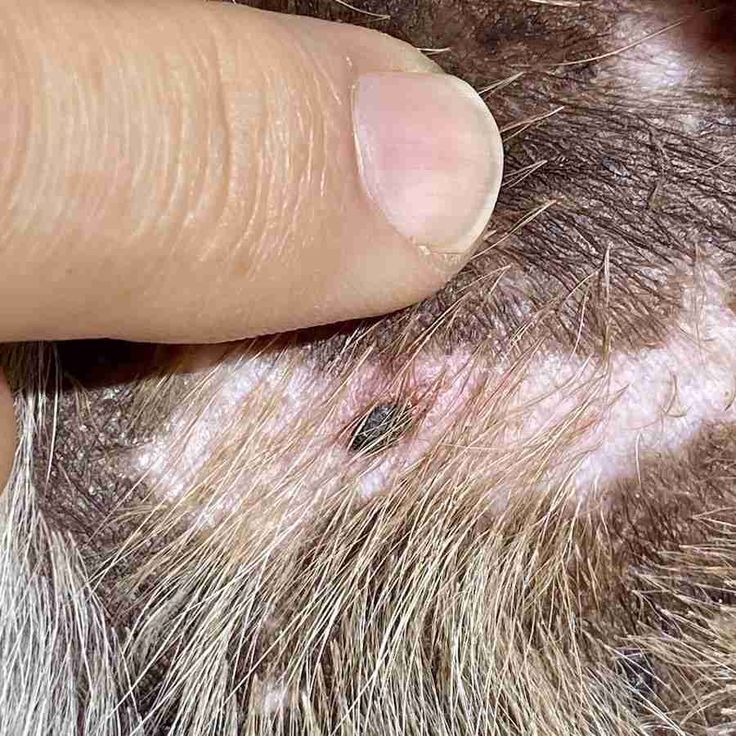
Post-treatment care is essential for your dog’s recovery. Follow your veterinarian’s instructions closely to ensure the affected area heals properly. Keep an eye out for any signs of infection, such as redness, swelling, or discharge, which may require further attention.
Home Remedies and Preventive Measures
While surgery is often the recommended approach to remove skin tags, some pet owners may consider home remedies. However, it’s vital to exercise caution when attempting any home treatment. Many suggested remedies can lead to irritation or infection if not handled properly. Solutions like cutting off or irritating a skin tag can result in severe complications.
Preventive measures are crucial to minimize the likelihood of developing dog skin tag. Incorporating regular grooming into your dog’s routine helps discover any new growths early and ensures you maintain good skin health. Furthermore, proper hygiene and addressing skin irritations promptly can help reduce risks and promote overall skin health.
Regular vet visits are essential to monitor your dog’s well-being and their skin conditions. Your veterinarian can provide valuable insights into maintaining a healthy weight and recommend skin care practices tailored specifically to your dog’s needs. Additionally, consider discussing dietary options that promote healthy skin, as balanced nutrition plays a key role in your dog’s overall health.
When to See the Vet
Recognizing when to take your dog to the veterinarian is a key aspect of proactive pet care. Regularly inspecting your pet’s skin is crucial for spotting any new growths or changes in existing ones. If you notice one or more of the following signs, it’s time to consult a vet:
- Rapid Growth: If the size of a skin tag increases significantly over a short period, it’s essential to seek analysis from a veterinarian.
- Change in Color: Any discoloration is concerning, especially if it becomes red, dark, or irregular.
- Bleeding or Discharge: If a skin tag begins to bleed, ooze pus, or show any unusual secretion, immediate veterinary care may be necessary.
- Persistent Irritation: If your dog constantly scratches or shows signs of discomfort around a specific growth, it may require evaluation and treatment.
By maintaining open communication with your veterinarian, you can help ensure your dog remains happy and healthy throughout their life.
Summary
In conclusion, understanding dog skin tag is essential for every responsible pet owner. These growths are generally benign, but vigilance is necessary to ensure they do not interfere with your dog’s well-being. Combining regular veterinary check-ups with attentive home care plays a significant role in maintaining your dog’s health and happiness.
If you notice any changes in your dog’s skin tags or overall health, don’t hesitate to consult a veterinarian. They can provide the best course of action to ensure your furry friend remains healthy and happy. Always prioritize creating a safe, comfortable environment for your dog. With proper care and awareness, you can help safeguard your pet against health risks associated with skin tags, allowing them to lead a joyful and active life.

